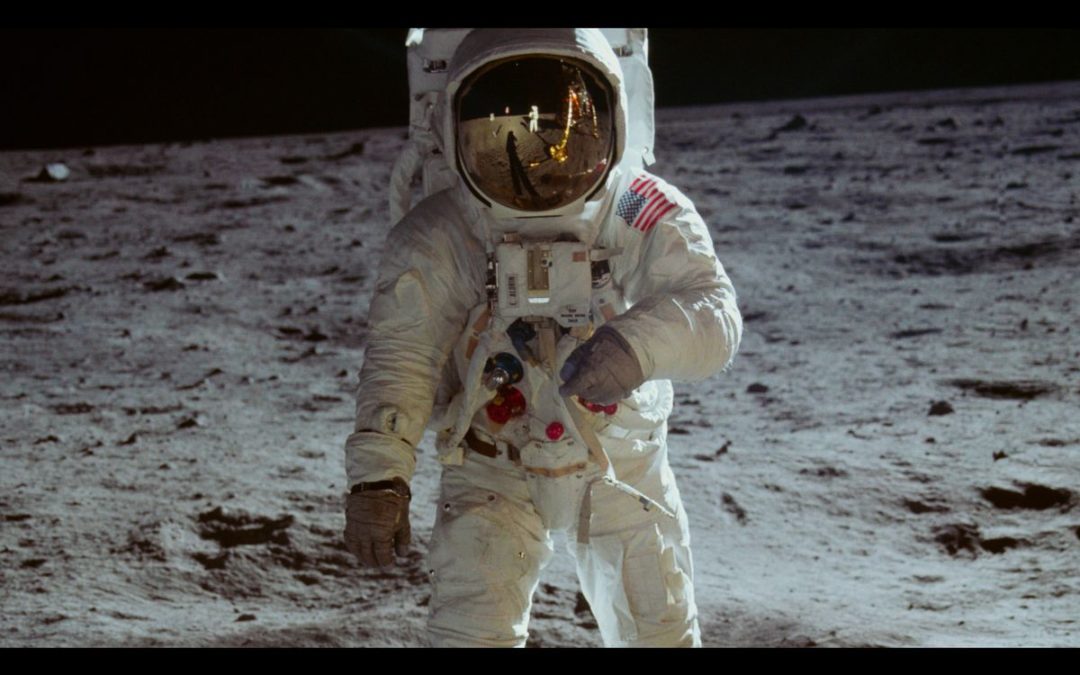I believe that this nation should commit itself to achieving the goal, before this decade is out, of landing a man on the moon and returning him safely to the Earth. No single space project in this period will be more impressive to mankind, or more important for the long-range exploration of space; and none will be so difficult or expensive to accomplish. We propose to accelerate the development of the appropriate lunar space craft. We propose to develop alternate liquid and solid fuel boosters, much larger than any now being developed, until certain which is superior. We propose additional funds for other engine development and for unmanned explorations–explorations which are particularly important for one purpose which this nation will never overlook: the survival of the man who first makes this daring flight. But in a very real sense, it will not be one man going to the moon–if we make this judgment affirmatively, it will be an entire nation. For all of us must work to put him there.
John F. Kennedy in a speech to Congress, 1961
I went in to the theater expecting a tense film, about all the problems and difficulties faced during the incredibly dangerous and unpredictable journey of Apollo 11. I expected there to be rapid-fire radio transmissions reporting all sorts of warnings and problems and watching astronauts struggling to fix every single one of them.
You might be wondering why I would expect a documentary film, stitched together from genuine archival footage taken in the year 1969, to end up being every single space thriller movie ever put to film. Well, because wouldn’t that be the obvious thing to do? Documentaries always have to struggle to find ways to continue to be interesting, to avoid the risk of boring audiences, since truth, while sometimes being stranger than fiction, is hard to portray in a commercial way that can be sold to general audiences, which usually leads to half-told truths or exagerrated realities. Todd Dogulas Miller
and his team of excellent filmmakers chose not to go down the usual route. In this movie, almost nothing goes wrong at all. It is a very straightforward film that shows the entire process of the Apollo 11 mission, including even the menial and mundane parts of it. It literally starts, not with some epic shot of space, but rather an extended sequence of all the preparations before launch, even showing normal civilians camping out in RVs near the launchpad. I don’t know if there were any incidents during the mission that could’ve made for tense, thrilling scenes, but the way the film portrays it, it looks like simply three men going on a nice trip.
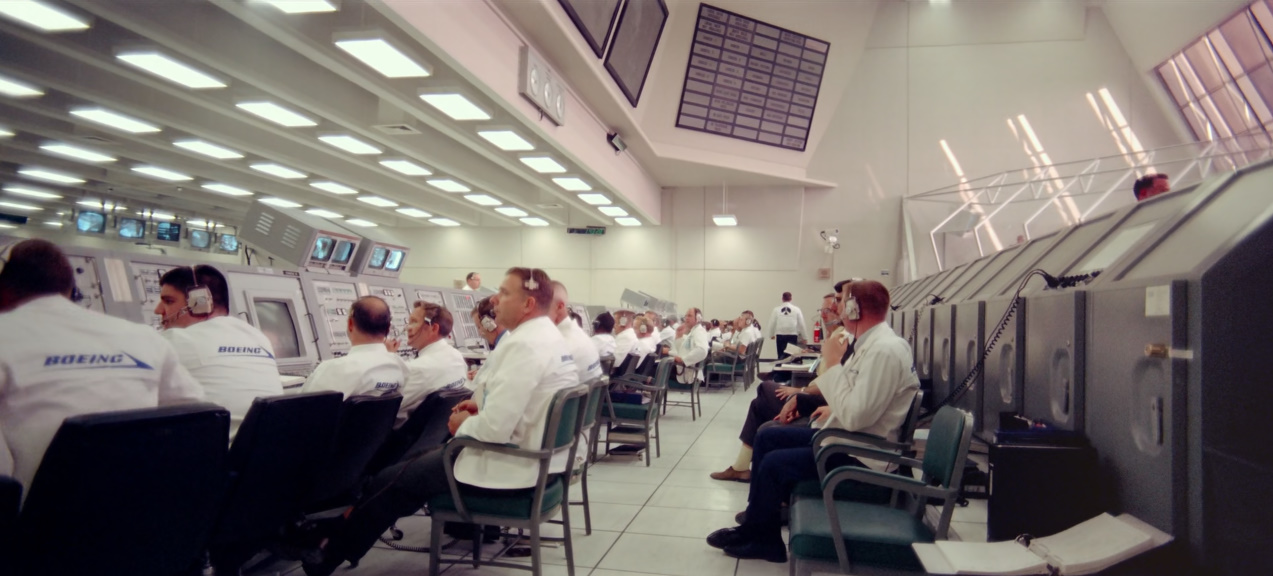
Apollo 11 isn’t here to tell you what went wrong with the mission. It’s here to let you appreciate everything that went right. It goes into great detail into the nuts and bolts of the whole mission plan, with sound recordings of all the various teams at mission control whizzing by, listing all manner of calculations and complex manuevers which will probably completely fly over the heads of any normal movie-goer (i.e. me), to let you know just how many factors and variables this mission was riding on. I think that is the sole source of tension in this entire film, because you see so many people in mission control working non-stop during the operation, you hear about so many different process and complex readings. One error in a million processes could’ve doomed this mission to fail. But the tension never gets too high, because you know how it ends. And that’s likely another reason why the people behind this documentary decided to go down a different route.
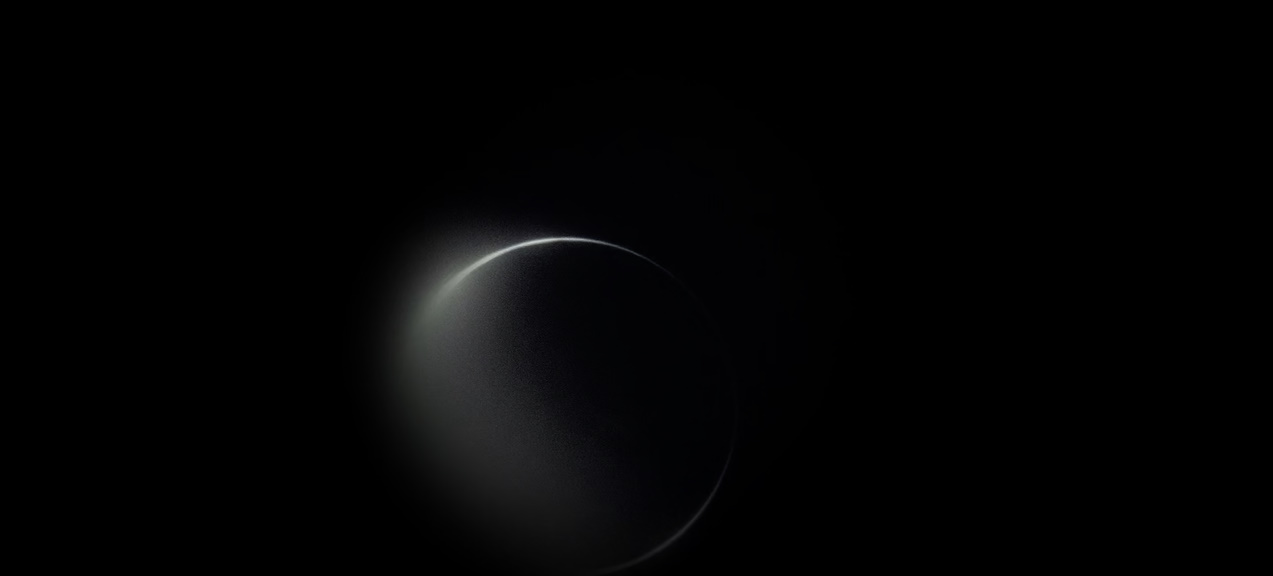
This film is truly about the beauty and triumph of Apollo 11. The shots taken from space during the mission, no doubt painstakingly remastered for modern cinema screens, are truly breathtaking. As far as I know, Neil Armstrong, Buzz Aldrin and Michael Collins, who are credited as cinematographers in this film, weren’t professional cinemtographers or anything, which really says something about the beauty of the tranquil sea. Two shots in the entire film really stood out to me: the shots taken during the approach towards the moon, and the shot of the re-entry. The images are somehow scary and beautiful at the same time, foreign artifacts of a world that will be never be known to us common folk.
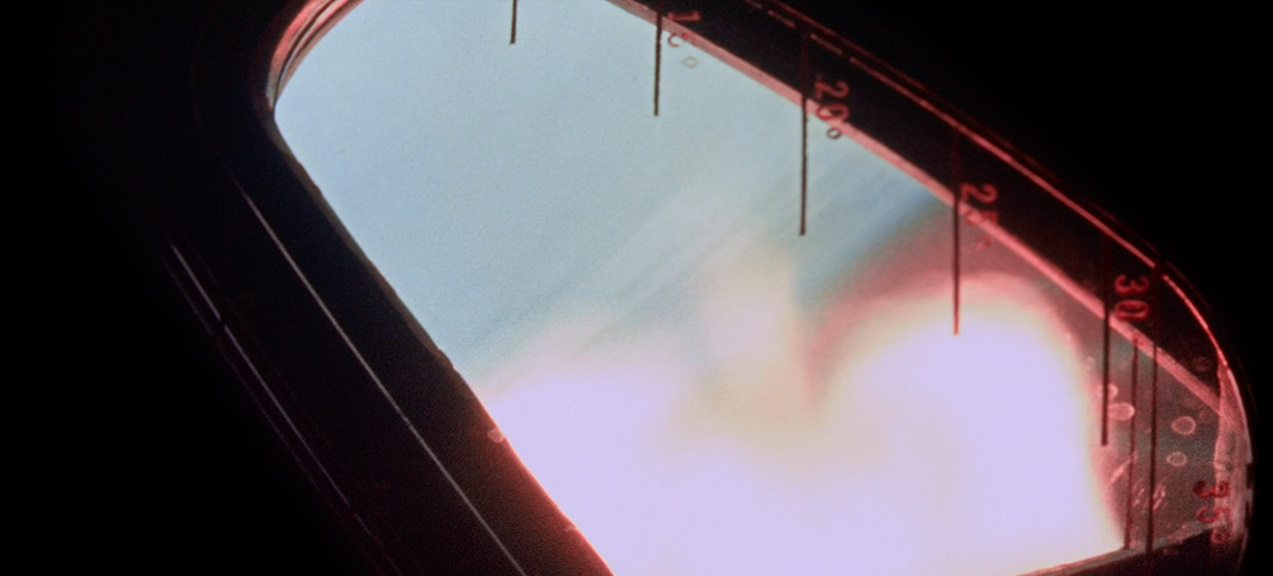
Besides beauty, Apollo 11 is about triumph. Although we don’t see shots of people celebrating all over the world at the end of this film, Apollo 11 wasn’t simply a triumph for America (although it definitely is something all Americans should be proud of), but for mankind. In the poignant ending of this film, a recording of John F. Kennedy’s speech in 1962 at Rice University, pledging to put men on the moon in a mere decade, is played over footage of the astronauts as they are recovered from the ocean post-landing. His impossible words fully realized.
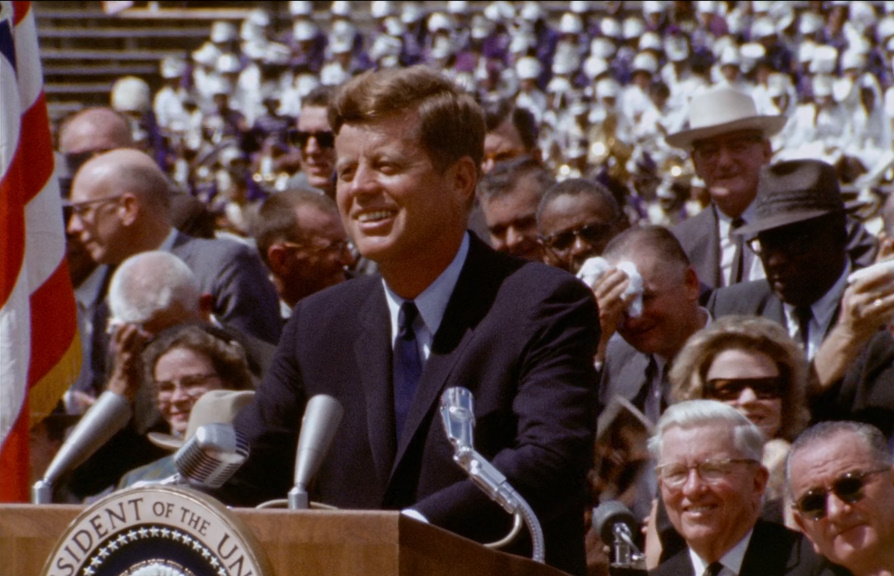
The space race has been long over, and there are bigger problems to deal with in our world down here, so for now, the world above us isn’t exactly a top priority. For a long time, I have longed to know the secrets of this mysterious universe, of the planets that lie beyond the Moon, of the billons of galaxies waiting at the edge of our solar system, but with all the conflicts and problems down here, I often feel like we’ll never be able to reach the stars, that as a species we’re doomed to meet our end as little specks in this vast ocean. Apollo 11 reminds me that there are countless people out there, with minds far more brilliant than mine, that can accomplish wonders. Maybe one day, the world will be set straight, and together, as one Earth, one people, we can plot a course back to the stars.
“…If I were to say, my fellow citizens, that we shall send to the moon, 240,000 miles away from the control station in Houston, a giant rocket more than 300 feet tall, the length of this football field, made of new metal alloys, some of which have not yet been invented, capable of standing heat and stresses several times more than have ever been experienced, fitted together with a precision better than the finest watch, carrying all the equipment needed for propulsion, guidance, control, communications, food and survival, on an untried mission, to an unknown celestial body, and then return it safely to earth, re-entering the atmosphere at speeds of over 25,000 miles per hour, causing heat about half that of the temperature of the sun–almost as hot as it is here today–and do all this, and do it right, and do it first before this decade is out–then we must be bold.”
John F. Kennedy at Rice University, 1962
Photo credits:
Photo 1: Buzz Aldrin on the Moon taken by Neil Armstrong
Photo 2, 3, 4, 5: Apollo 11 Copyright 2019 Moon Collectors LLC

